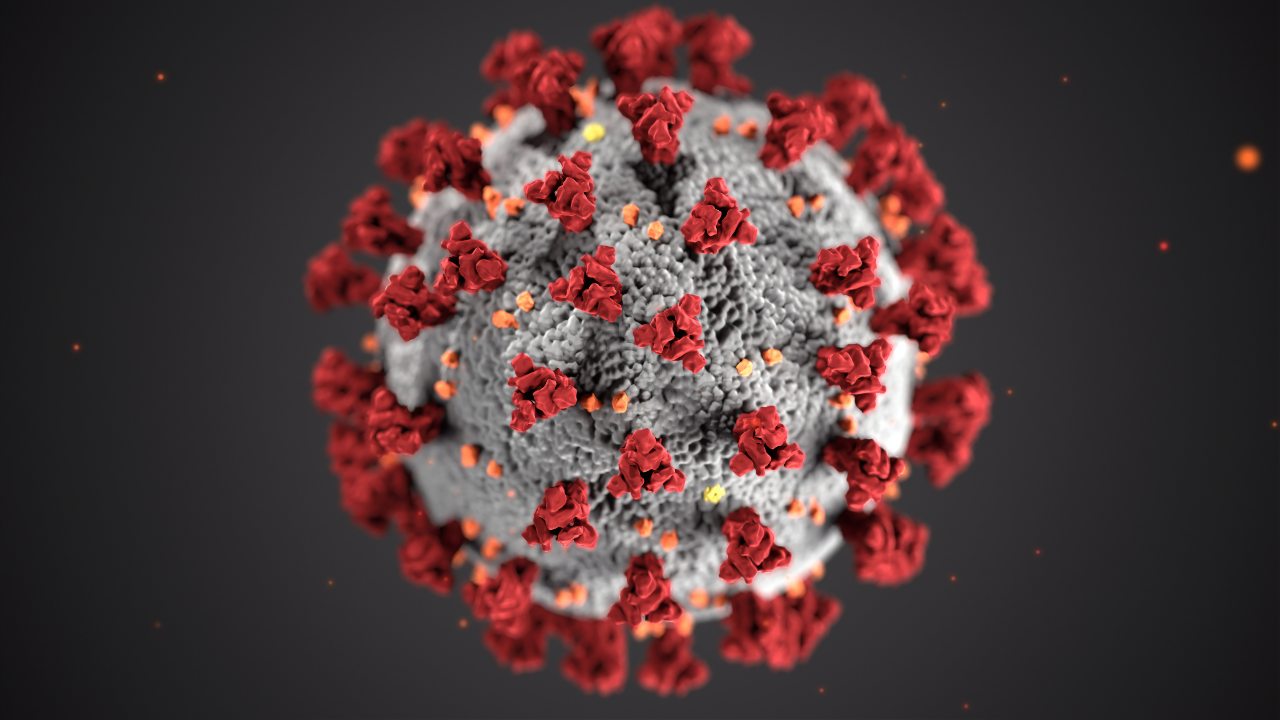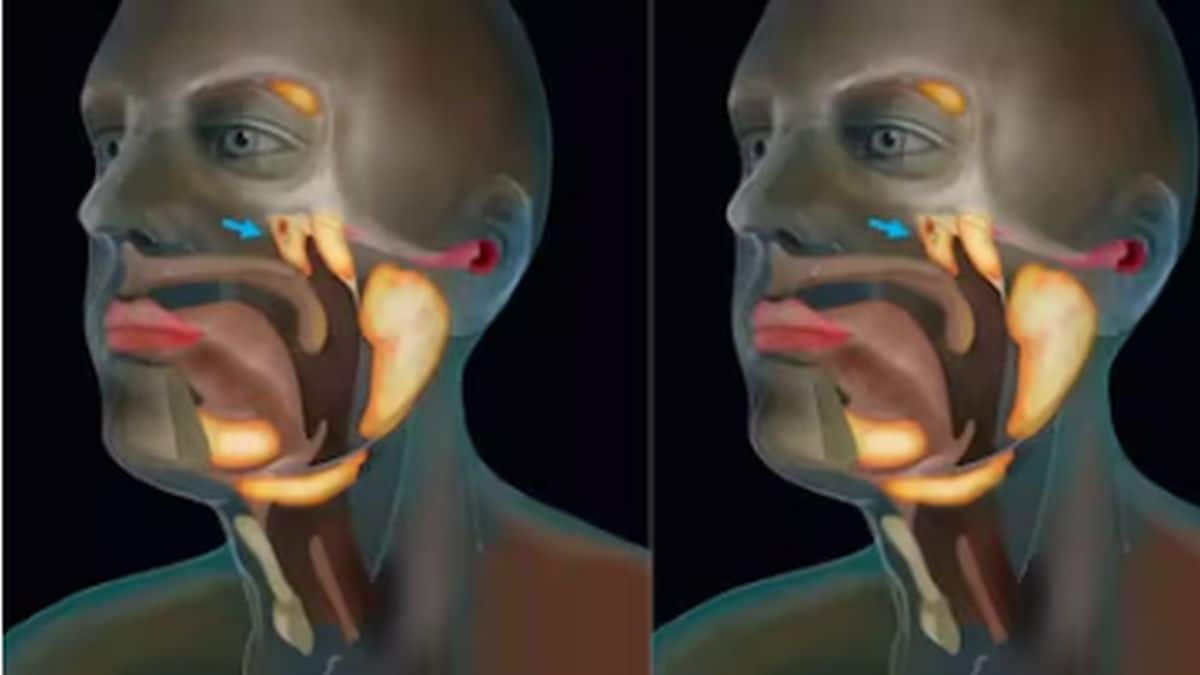It’s been almost a year now since the first case of COVID-19 was reported in Wuhan, China and, in all likelihood, no vaccine before this would have had a faster development. In the past month, both Pfizer and Moderna have reported successful results from their vaccine candidates, indicating a vaccine may soon be available or go into production at the very least. Now, a study published in The Lancet indicates that CoronaVac, the vaccine candidate by Sinovac Life Sciences, China, has been shown to be safe and effective against SARS-CoV-2, the causative agent of COVID-19, in phase I/II clinical trials. CoronaVac is an inactivated vaccine (vaccine that contains a virus unable to cause disease) that had earlier shown positive results in mice, primates and rats by producing neutralising antibodies against SARS-CoV-2. The study For the study, the researchers recruited more than 700 healthy individuals in the age group of 18 to 59 years between 16 April and 5 May 2020. The trials were done at the Suining County of Jiangsu province in China and it was ensured that none of the enrolled participants had tested positive for COVID-19 before or during the time of the study and had not travelled to the affected areas. For phase I, about 144 participants were divided into two groups. One group received a 14-day vaccination schedule with a dose on day 0 and 14 and the other one received a 28-day vaccination schedule with a dose on day 0 and 28. In each group, the individuals are divided into test and control groups. About 24 people in the test group were first given a low dose of the vaccine of 3μg and another 24 people were given a higher dose - 6μg. A total of 96 people were given the vaccine and the rest were given a placebo in phase I. Antibody levels were checked for all participants on day 14 or 28 (depending on the respective group) along with any side effects. The Phase II trials started on day 7 after the first dose of the phase I vaccine. About 600 healthy people were enrolled and divided into two groups like the phase I trial. However, instead of 24, each dose cohort had about 120 volunteers. The results In phase I, from the 14-day group, seven of the 24 people in the 3 μg group, nine of the 24 in 6 μg group and from the 28-day group, three of the 24 in the 3 μg group and nine of the 24 in 6 μg group showed adverse reactions. Most of the adverse effects included mild pain at the injection site. One case of acute severe allergic reaction was seen in the 48 hours after the first 6 μg dose in the 14-day vaccination cohort. The person was given medications and recovered within three days. From the 14-day cohort, neutralising antibodies were seen in 11 of the 24 people in the 3 μg group and nine of the 24 people in the 6 μg group. From the 28-day cohort, they were seen in 20 of the 24 in the 3 μg group and 19 of the 24 in the 6 μg group in the 28-day cohort. In the phase II trials, from the 14-day cohort, 40 out of the 120 volunteers in the 3 μg group and 42 of the 120 in the 6 μg group and from the 28-day cohort, 23 of 120 in the 3 μg group and an equal number in the 6 μg group showed adverse reactions. In the 14-day cohort, neutralising antibodies were noted in 109 of the 118 people in the 3 μg group, 117 of 119 in 6 μg group. In the 28-day cohort, they were seen in 114 of 117 in the 3 μg group and 118 of 118 in the 6 μg group. The study authors indicated that the manufacturing process was slightly modified in the second phase trial to increase production capacity which is what may have led to a better immune response. However, overall, the antibodies generated were noted to be lower than that produced in recovering COVID-19 patients. The study suggested that depending on the immunogenicity, safety and other factors, the 3 μg dose will be taken further to phase 3 trials. Additionally, it was indicated that the study had not taken T cell levels in the vaccinated volunteers into account yet. However, it will be assessed in phase 3 trials. For more information, read our article on COVID-19 vaccine: Potential targets and types. Health articles in Firstpost are written by myUpchar.com, India’s first and biggest resource for verified medical information. At myUpchar, researchers and journalists work with doctors to bring you information on all things health.
CoronaVac is an inactivated vaccine (vaccine that contains a virus unable to cause disease) that had earlier shown positive results in mice, primates and rats by producing neutralising antibodies against SARS-CoV-2
Advertisement
End of Article


)

)
)
)
)
)
)
)
)



